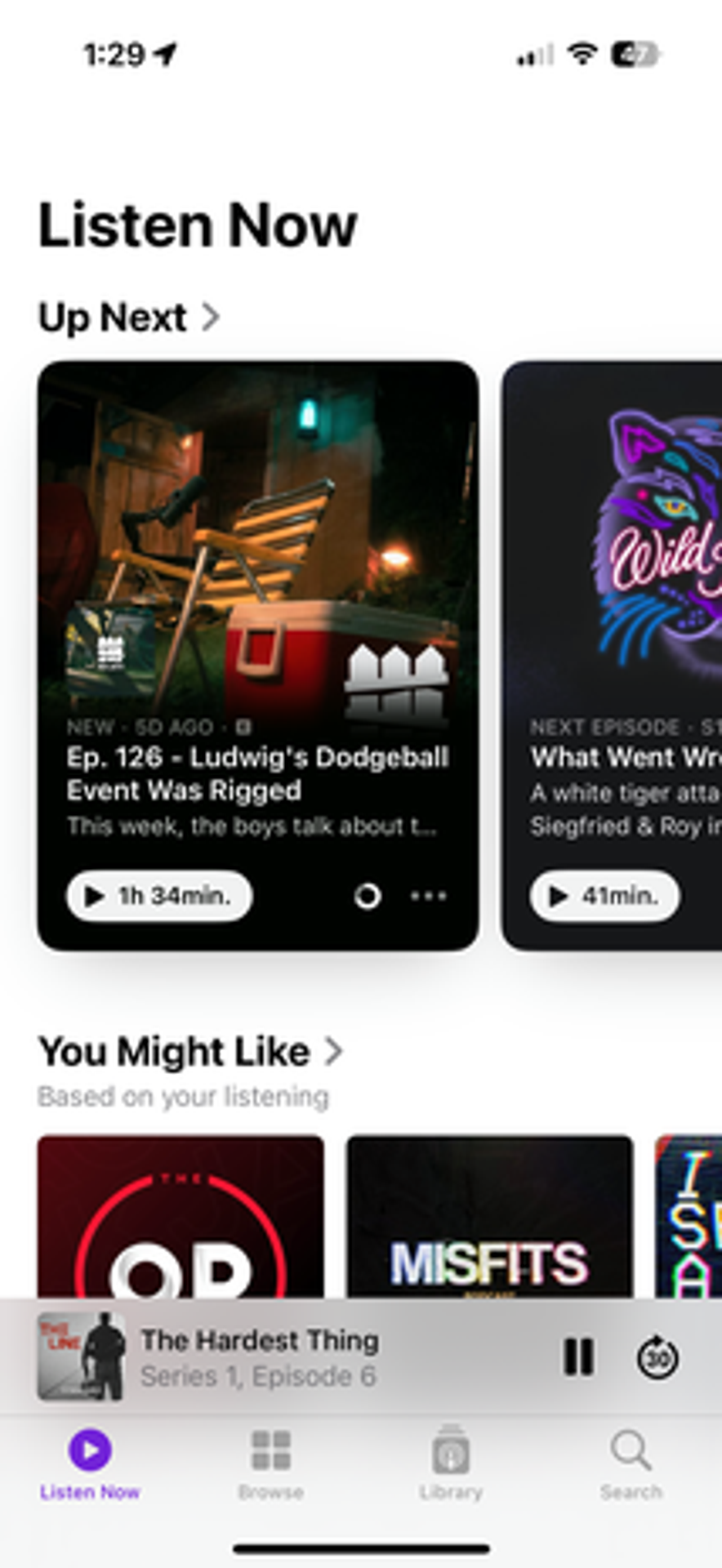
Pro Tools
What do people say about Pro Tools?
Pro Tools is often lauded as the gold standard in digital audio workstations, essential for professional music production and film scoring. However, it is also criticized for its steep learning curve and high costs, which can deter new users and smaller studios. Many professionals share experiences of both frustration and admiration, highlighting a love-hate relationship with the software. While seasoned engineers appreciate its functionalities, newcomers frequently feel intimidated, leading to discussions about accessibility and the need for better user support.
Where are the conversations happening?
The perception of Pro Tools varies significantly across different podcast sources. In 'Songwriter Connection', it is discussed in the context of high-profile sessions, showcasing its importance in professional settings. Conversely, 'Working Class Audio' touches on the struggles faced by individuals in adapting to its complexities. These differing narratives indicate a critical discussion surrounding its usability and accessibility, particularly for those outside of professional environments.
What are the topics trending around Pro Tools?
Discussions about the evolving landscape of digital audio workstations, including user-friendly alternatives to Pro Tools, and the shift towards remote collaboration in music production.
Why are these topics trending?
These topics are trending as the music industry grapples with the need for accessible tools amid a growing number of users seeking affordable and intuitive software solutions, especially in the wake of increased remote work and online collaboration.
How is Pro Tools being talked about?
Detailed breakdown of public sentiment and conversations about this company.
Impact vs Sentiment
See how each entity's high impact percentage relates to their positive sentiment percentage from actual mentions.
